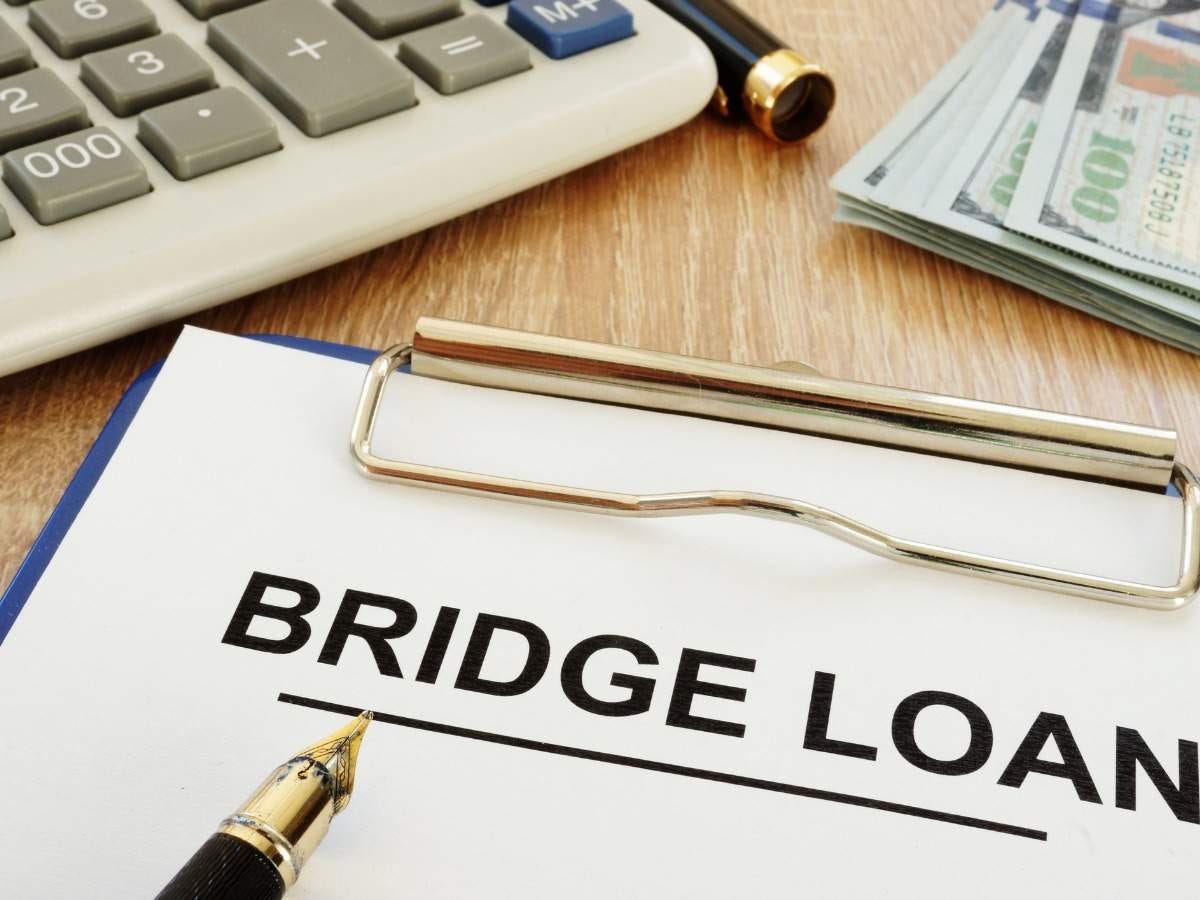One of the biggest challenges small and mid-sized businesses face is waiting to get paid. Customers often take 30, 60, or even 90 days to settle invoices—and that delay can choke your cash flow.
Fortunately, there are solutions: invoice factoring and invoice financing. While the terms are sometimes used interchangeably, they’re not the same. Understanding the differences can help you choose the right cash flow strategy for your business.
In this guide, we’ll break down invoice factoring vs invoice financing, explain how they work, highlight the benefits, and help you decide which option is better for your business.
What Is Invoice Factoring?
Invoice factoring is when a business sells its unpaid invoices to a third-party company (called a factor) at a discount.
Here’s how it works:
- You issue an invoice to your customer.
- Instead of waiting 60 days to get paid, you sell that invoice to a factoring company.
- The factor advances you 70–90% of the invoice value upfront.
- Once your customer pays the invoice, the factoring company gives you the remaining balance (minus fees).
Example:
- Invoice Value: $100,000
- Factor Advances: $85,000 immediately
- Customer Pays: $100,000 to factor
- You Receive: $10,000 balance – $5,000 fee = $5,000
Fast cash flow, but the factor takes over collections.
What Is Invoice Financing?
Invoice financing (also called accounts receivable financing) is when you borrow money against your unpaid invoices—without selling them.
Here’s how it works:
- You use unpaid invoices as collateral.
- The lender gives you a cash advance (up to 85–90%).
- You remain responsible for collecting payment from your customer.
- Once the customer pays, you repay the loan plus interest/fees.
Example:
- Invoice Value: $100,000
- Loan Advance: $85,000
- Interest & Fees: $3,000
- You Collect Customer Payment: $100,000
- Repay Loan: $88,000
- Keep: $12,000
More control over customer relationships since you’re still the one collecting payment.
Key Differences Between Invoice Factoring and Invoice Financing
| Feature | Invoice Factoring | Invoice Financing |
| Ownership of Invoice | You sell invoices to a factoring company | You keep invoices; use them as collateral |
| Collections | Factor collects directly from customer | You continue collecting payments |
| Speed of Cash | Fast (funding within 24–48 hours) | Fast (funding within 1–3 days) |
| Customer Relationship | Customers deal with factor | Customers deal only with you |
| Cost | Fees often higher (1–5% per invoice) | Interest-based, often slightly lower |
When to Use Invoice Factoring vs. Invoice Financing
Choose Invoice Factoring if:
- You want fast cash flow without worrying about collections.
- Your customers are slow payers.
- You don’t mind a third party communicating with your clients.
Choose Invoice Financing if:
- You want to maintain control over customer relationships.
- You prefer financing that works like a loan.
- You have strong collections processes in place.
Benefits of Invoice Factoring and Invoice Financing
- Improve Cash Flow Quickly
Both options provide working capital without waiting 30–90 days for customer payments.
- Easier Approval Than Bank Loans
Since funding is tied to your accounts receivable, approval is faster and less credit-dependent.
- Flexible Funding
The more invoices you generate, the more funding you can access.
- Support Business Growth
Funds can be used for payroll, rent, expansion, or covering operating expenses.
Common Misconceptions
“Only struggling businesses use factoring.”
Truth: Even profitable businesses use factoring and financing to smooth cash flow.
“Factoring hurts customer relationships.”
Truth: Many factoring companies work discreetly, and invoice financing keeps collections in-house.
FAQs About Invoice Factoring vs. Invoice Financing
Q1: Which option is cheaper?
Invoice financing typically has lower fees, but it depends on the lender and your invoices.
Q2: Do I need good credit to qualify?
Not necessarily. Lenders focus more on your customers’ payment reliability.
Q3: How quickly can I get funding?
In many cases, within 24–72 hours after approval.
Chasewood Financial: Your Partner in Invoice Financing
At Chasewood Financial, we specialize in helping businesses unlock cash flow through invoice factoring and invoice financing solutions.
Get paid faster without waiting for customers.
Choose between factoring or financing—based on your business needs.
Nationwide support with flexible terms.
Struggling with unpaid invoices? [Contact Chasewood Financial today] to learn how invoice financing can help your business thrive.







